The Novels of Michael Shea: The A’rak
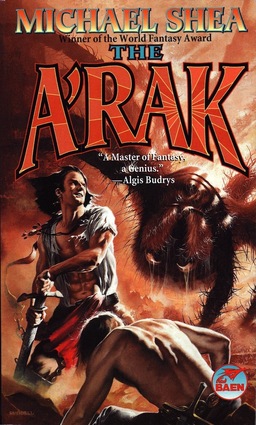 Michael Shea’s classic Nifft the Lean was published in 1982 and won the World Fantasy Award, a rare honor for a sword and sorcery collection. Nfift returned in a three-part novel serialized in Algis Budrys’ Tomorrow Speculative Fiction magazine (June – November, 1996), eventually collected by Baen Books in paperback as The Mines of Behemoth.
Michael Shea’s classic Nifft the Lean was published in 1982 and won the World Fantasy Award, a rare honor for a sword and sorcery collection. Nfift returned in a three-part novel serialized in Algis Budrys’ Tomorrow Speculative Fiction magazine (June – November, 1996), eventually collected by Baen Books in paperback as The Mines of Behemoth.
Nifft made one last appearance in the year 2000, in his third and final book: The A’rak.
Prosperous Hagia’s vaults brimmed with gold. Her warehouse bulged with the goods of the Southern Seas. She had the Spider-God to thank for her prosperity.
But beneath Hagia’s ancient bargain with the A’Rak lay the direst danger. That mercenary kingdom had mortgaged its soul in its pact with the giant arachnoid. When the note fell due, death of the most hideous kind awaited the multitudes of that affluent and bustling nation.
As Hagia’s debt falls due, two foreigners arrive in Big Quay, her capital: Lagademe and her team, foremost among the world’s Nuncios — deliverers of anything to anywhere — and Nifft the Lean, thief and rogue extraordinaire.
Nifft and Lagademe, strangers to one another at the outset, will soon be struggling side by side for their lives — and a nation’s survival — against the most hideous foe in the annals of Sword and Sorcery fiction.
The A’rak was published by Baen in October 2000. It is 320 pages, originally priced at $6.99 in paperback. The cover was by Gary Ruddell. It was never reprinted, and there is no digital edition, so copies are in some demand.


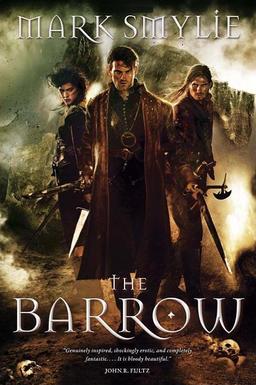
 Question – What do Dracula, Frankenstein, the Mummy, James Bond, Fu Manchu, Star Wars, The Lord of the Rings, John Belushi and Sherlock Holmes all have in common?
Question – What do Dracula, Frankenstein, the Mummy, James Bond, Fu Manchu, Star Wars, The Lord of the Rings, John Belushi and Sherlock Holmes all have in common?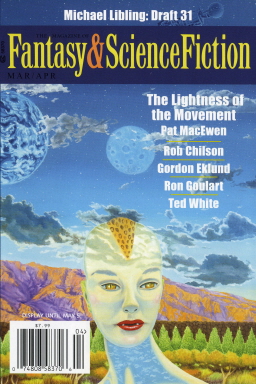
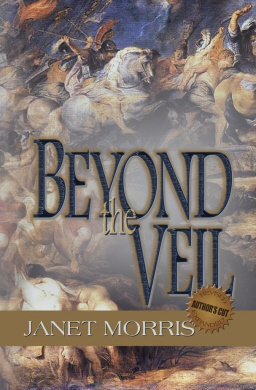
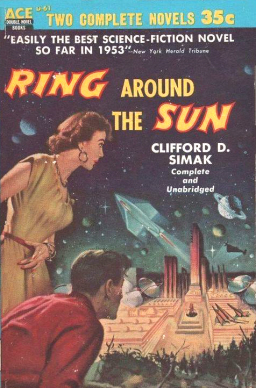
 Amos Tutuola was born in Nigeria in 1920 to a Christian family. With six years of formal schooling, he served as a coppersmith with the Lagos-based arm of the Royal Air Force in World War Two, then worked at a number of of odd jobs. As he tells it, a government magazine he happened to read, with “very lovely portraits of the gods,” advertised books based on Yoruba legends. Tutuola remembered being praised as a storyteller in school and decided there was no reason he shouldn’t turn his hand to writing similar books. So he did. He completed his first book, The Palm-Wine Drinkard, in only a few days.
Amos Tutuola was born in Nigeria in 1920 to a Christian family. With six years of formal schooling, he served as a coppersmith with the Lagos-based arm of the Royal Air Force in World War Two, then worked at a number of of odd jobs. As he tells it, a government magazine he happened to read, with “very lovely portraits of the gods,” advertised books based on Yoruba legends. Tutuola remembered being praised as a storyteller in school and decided there was no reason he shouldn’t turn his hand to writing similar books. So he did. He completed his first book, The Palm-Wine Drinkard, in only a few days.